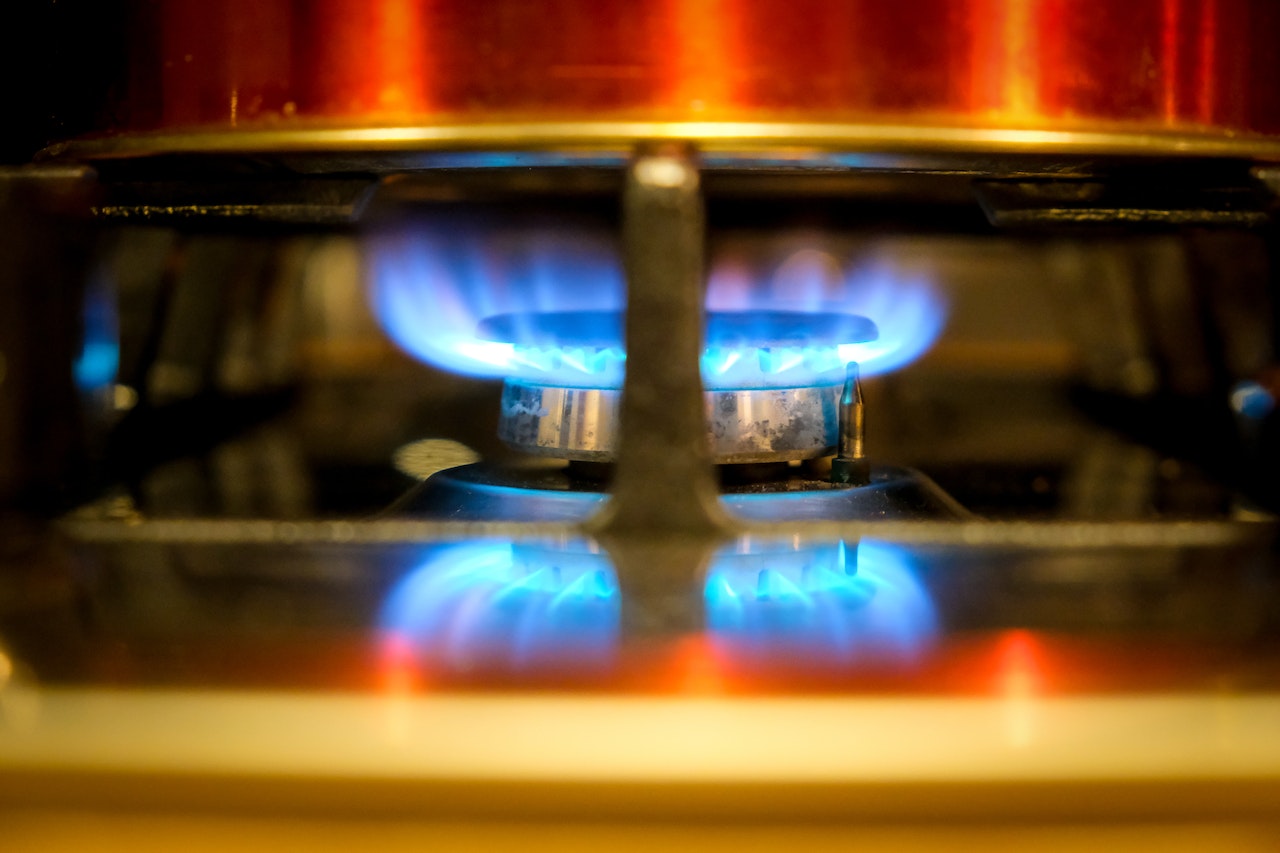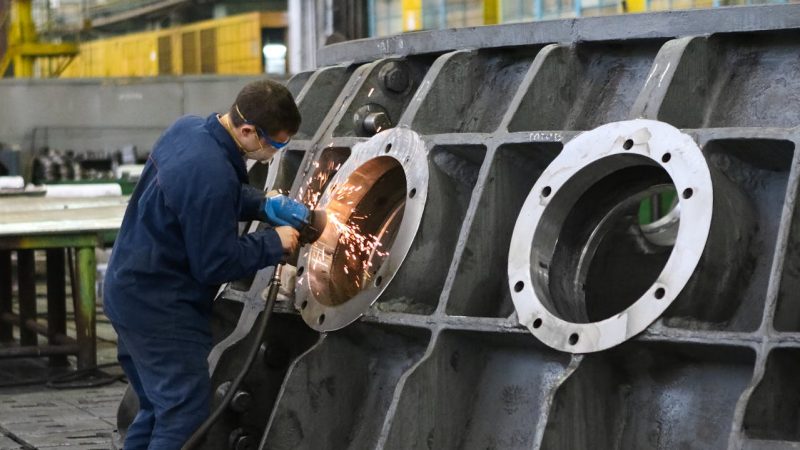From Extraction To Export: How Money Flows in the Natural Gas Supply Chain

The natural gas industry is crucial to meeting the energy needs of millions of households and businesses around the globe. Understanding the passage of money through the natural gas supply chain can provide crucial insights into the industry’s financial health, as natural gas is an essential component of the energy sector.
This article discusses the various stages of the natural gas supply chain and examines how money flows between the different players involved, from extraction to export.
1. Extraction and Exploration
Exploration and extraction comprise the first segment of the natural gas supply chain. This industry is responsible for locating and extracting natural gas reservoirs. These firms invest in geological surveys, geophysical data acquisition, and exploratory drilling to identify commercially viable natural gas deposits.
Once a viable deposit has been identified, the extraction procedure will commence. This phase necessitates substantial capital expenditures for the drilling, well completion, and infrastructure for production.
Pipeline integrity management plays a vital role in ensuring the safe and efficient transportation of natural gas from extraction sites to processing facilities, thereby protecting both the environment and the financial interests of the industry.
2. Processing and Purification
Natural gas is processed and purified to remove impurities and separate valuable components such as methane, ethane, propane, and butane following its extraction. Midstream companies typically own and operate processing facilities and charge a fee for their services.
These fees, which are contingent on the volume of gas processed and the complexity of the purification process, contribute to the midstream sector’s cash flow.
3. Transportation and Storage
Once the natural gas has been processed, it is transported to storage facilities or end-users via pipelines or ships. The midstream sector includes pipeline companies, which charge fees for transporting natural gas through their networks.
These fees are determined by distance, volume, and the length of the transportation contract. Storage facilities generate additional revenue by charging fees to store natural gas until end-users require it.
4. Marketing and Trading
Marketing corporations for natural gas serve as intermediaries between producers and consumers. They purchase natural gas from producers and sell it to utilities, industrial users, and residential consumers, among others.
Marketing firms also trade, purchase, and sell natural gas contracts to profit from price fluctuations. The “spread,” which is the difference between the purchase and sale prices of natural gas, is the primary source of income for marketing companies.
5. Distribution and Retail
Local distribution companies (LDCs) or natural gas utilities are responsible for delivering natural gas to end-users. These companies own and administer the final segment of the natural gas supply chain, which consists of a network of pipelines connecting individual residences and businesses.
One example of such an LDC can be Discount Propane (https://discount-propane.com/), known prominently for delivering propane gas to households. Companies like this typically charge consumers for the consumption of natural gas as well as delivery and other services. The revenue generated by LDCs is the concluding step in the flow of money along the natural gas supply chain.
6. Export and International Trade
With the increasing globalization of the natural gas market, export, and international trade have become indispensable elements of the supply chain. Exporting liquefied natural gas (LNG) to nations with limited or no natural gas production contributes to the diversification of global energy sources.
Export terminals, shipping companies, and international merchants all generate revenue through fees and trading activities on the global natural gas market.
Health and safety is a critical part of the energy industry. To learn more how power plants can take serious health and safety precautions, please see the accompanying resource.
Provided by Titanium Processing Center – a titanium company
Final Thoughts
From extraction to export, the money flow in the natural gas supply chain is a complex network of transactions involving multiple parties at various stages. Fees and revenue streams connecting exploration and production companies, midstream operators, marketers, utilities, and international traders all contribute to the industry’s overall financial health.
As the global demand for natural gas continues to rise, it becomes increasingly essential for stakeholders, policymakers, and investors to comprehend the complexities of this supply chain.







